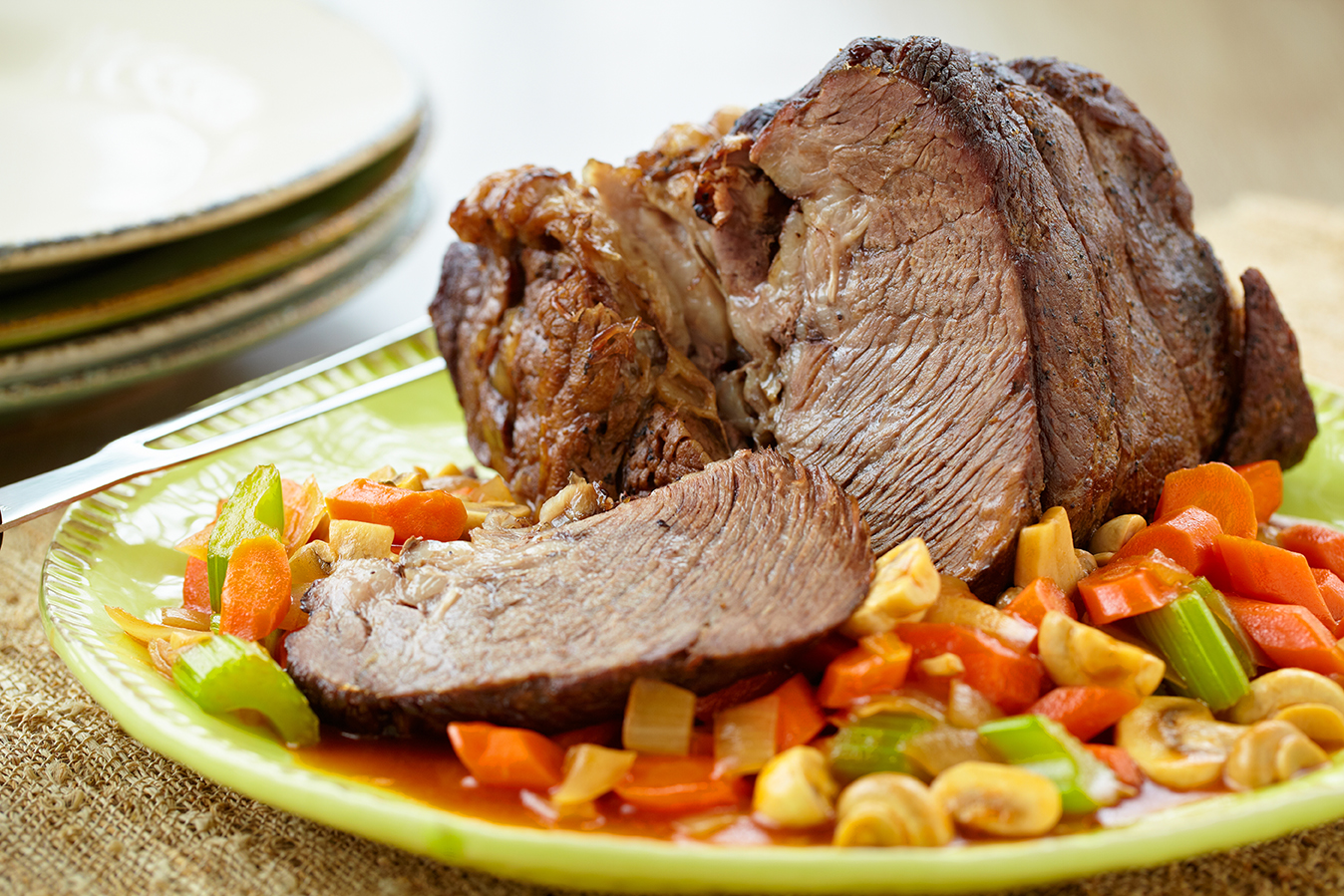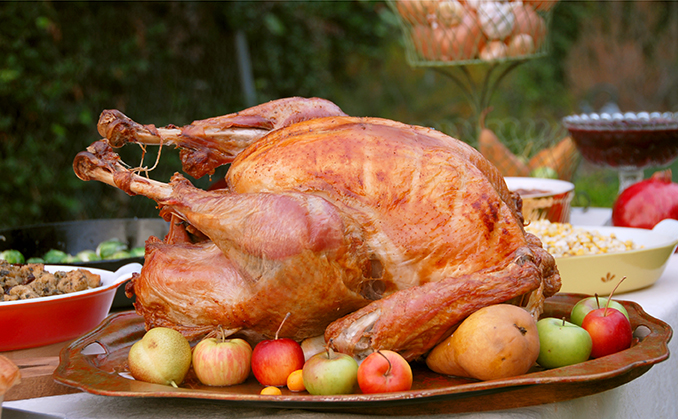
Clostridium perfringens bacteria are one of the most common causes of foodborne illness (food poisoning). CDC estimates these bacteria cause nearly 1 million illnesses in the United States every year.
C. perfringens can be found on raw meat and poultry, in the intestines of animals, and in the environment.
These bacteria make spores, which act like protective coatings that help the bacteria survive. Under certain conditions, such as when food is kept at an unsafe temperature (between 40°F (4°C) – 140°F (60°C)), C. perfringens can grow and multiply. After someone swallows the bacteria, it can produce a toxin (poison) that causes diarrhea.
Common sources of C. perfringens infection include meat, poultry, gravies, and other foods cooked in large batches and held at an unsafe temperature. Outbreaks tend to happen in places that serve large groups of people, such as hospitals, school cafeterias, prisons, and nursing homes, and at events with catered food. C. perfringens outbreaks occur most often in November and December. Many of these outbreaks have been linked to foods commonly served during the holidays, such as turkey and roast beef.
Cualquier persona que se intoxique por C. perfringens. Young children and older adults are at higher risk for severe illness.
Síntomas
Most people with C. perfringens infection develop diarrhea and stomach cramps within 6 to 24 hours after eating contaminated food. En general el cuadro aparece repentinamente y dura menos de 24 horas. Diarrhea can cause dehydration, so it’s important to drink plenty of fluids. This infection usually does not cause fever or vomiting, and it cannot be passed from one person to another.
If you think you or someone you know got sick from food, even if you don’t know what food it was, please report it to your local health department. Reporting an illness can help public health officials identify a foodborne disease outbreak and keep others from getting sick.
Diagnosis and Treatment
Most people with C. perfringens infection do not receive a diagnosis.
Infection is confirmed when a laboratory test detects the bacteria or their toxin in a stool (poop) sample or the bacteria are found in food linked to illness. However, clinical laboratories do not routinely test for C. perfringens infection, and public health laboratories usually test for it only when it is the suspected cause of an outbreak.
Most people recover from C. perfringens infection without antibiotic treatment. Patients should drink extra fluids as long as diarrhea lasts.
Prevención
- Cook food to a safe temperature, especially beef roasts and whole poultry.
- After food is cooked, keep it at 140°F (60°C) or warmer or 40°F (4°C) or colder if it will not be served and eaten soon. Bacteria can multiply rapidly if food is left at room temperature or in the “danger zone” between 40°F (4°C) and 140°F (60°C). Never leave perishable food, such as meat, poultry, eggs, and casseroles, in the danger zone for longer than 2 hours (or 1 hour if exposed to temperatures above 90°F (32°C), like a hot car or picnic).
- Refrigerate leftovers at 40°F (4°C) or colder within 2 hours after cooking the food or within 2 hours after removing it from an appliance that’s keeping it at a safe temperature. Refrigerate within 1 hour if exposed to temperatures above 90°F (32°C).
- It is OK to put hot foods directly into the refrigerator.
- Divide large pots of food, such as soups and stews, and large cuts of meats, such as roasts, into small quantities for refrigeration. This helps food cool quickly enough to prevent bacteria from growing.
- Leftovers should be used within three to four days, if refrigerated. If you want to keep them longer, freeze within that four-day period.
- Reheat leftovers to at least 165°F (74°C) before serving.
Learn more about preventing food poisoning.


